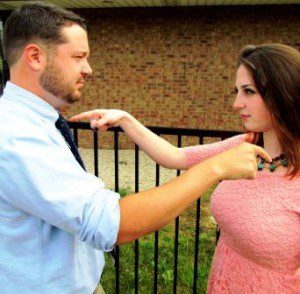
He said she said. People label disputes this way, questioning how cases like this can ever resolve.
But, there’s more to it. The question overlooks the reality of court testimony. Courts highly value testimony.
Testimony is Evidence in He Said She Said
What witnesses say under oath is evidence. Under scrutiny of cross-examination, the value of testimony rises or falls as credible evidence. People in fact serious about a legal matter retain a trial attorney whose skills include cross examination.
Criminal prosecutors and defense attorneys can cross examine each other’s witnesses. The right of cross examination rises to Constitutional proportions in criminal cases. But the same is true in civil cases.
Many Cases Fit ‘He Said She Said’ Label
In a sense, every case is a “he said she said”. Think about it. For example, in a murder case, it’s rare if ever that a murder is committed in front of a camera. So, the entire case hinges on witness testimony.
Evidence never goes in without witness support. For example, DNA evidence goes to the jury through an expert witness. The color of a traffic light comes in through witness observation. Witness credibility underlies the entire case.
In a motor vehicle case, for example, even though a person has been injured, the case will be more likely to succeed when the injured person clearly testifies at deposition about traffic on the day of the accident, markings on the road, distances between vehicles, speed and other facts and conditions.
Is It Really He Said She Said at Trial
Civil trials start with the judge turning to the plaintiff’s attorney commanding the lawyer to “call your first witness.” Whichever side has credible witnesses spelling out each element of the case is the side most likely to prevail.
It’s not so much a “he said she said”. It’s an evaluation of what they are saying, what is credible and what stands up to cross examination.
Here’s more on evidence and the rules of evidence: click here.
Views: 10




